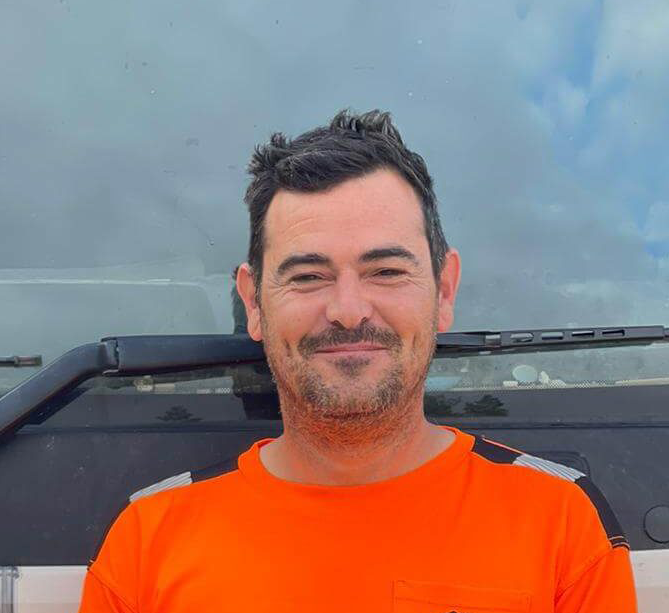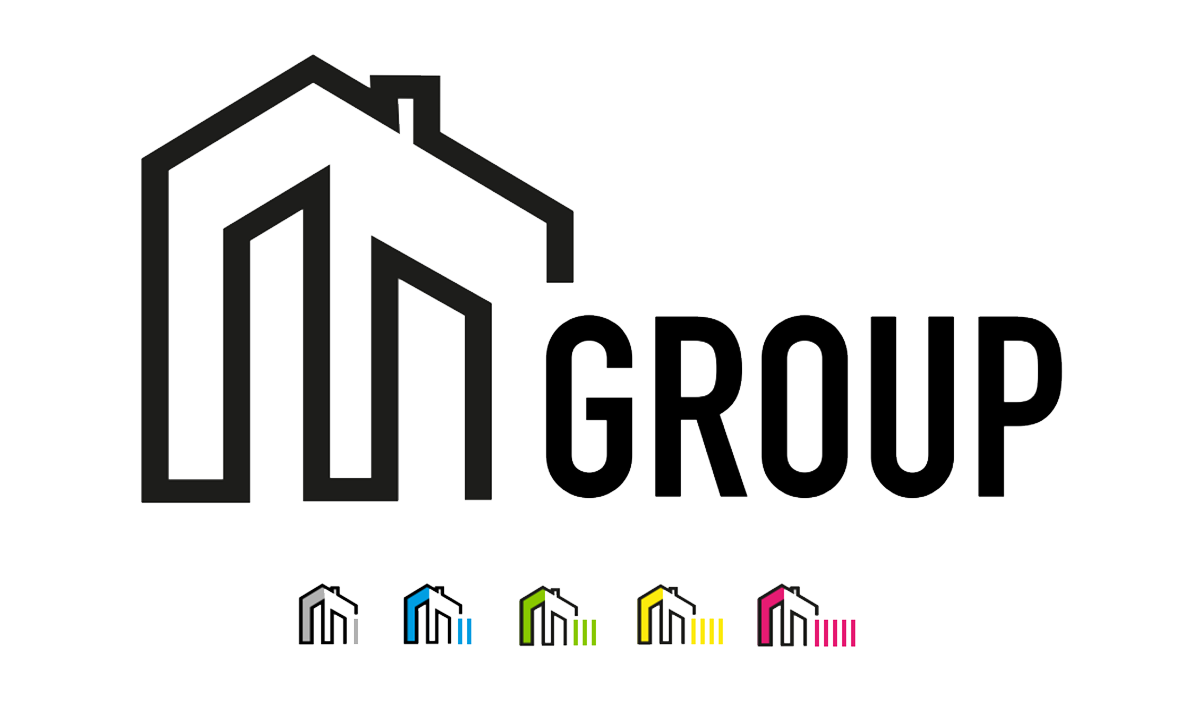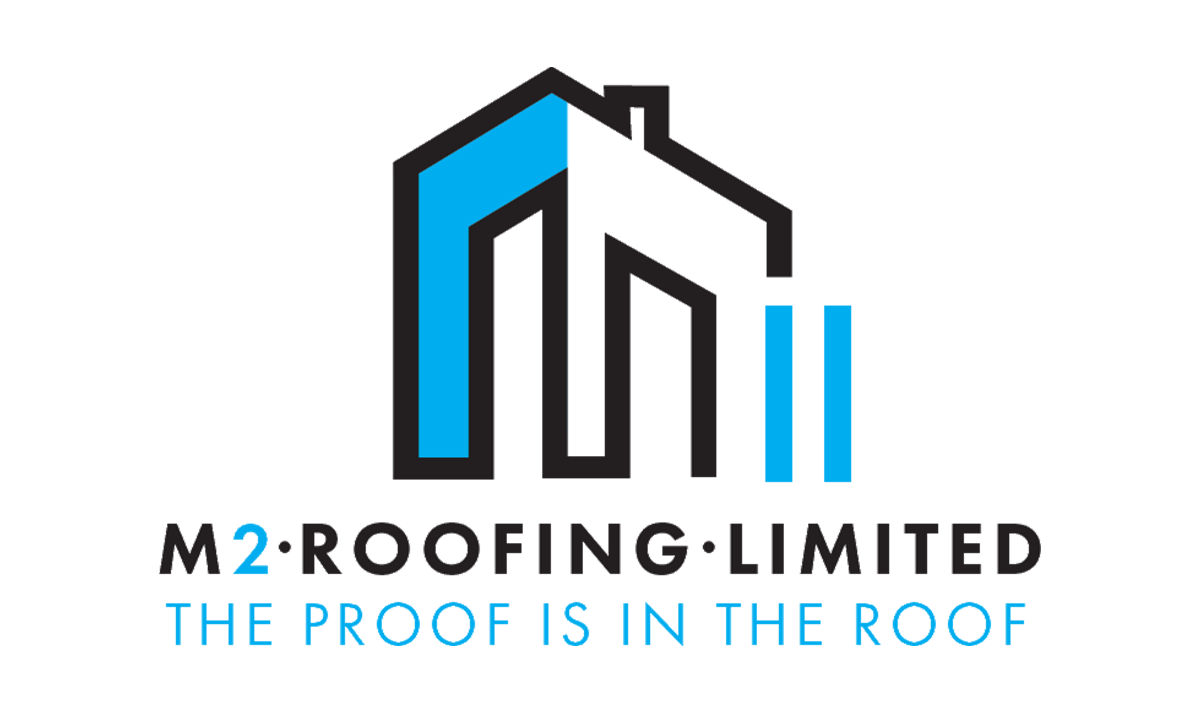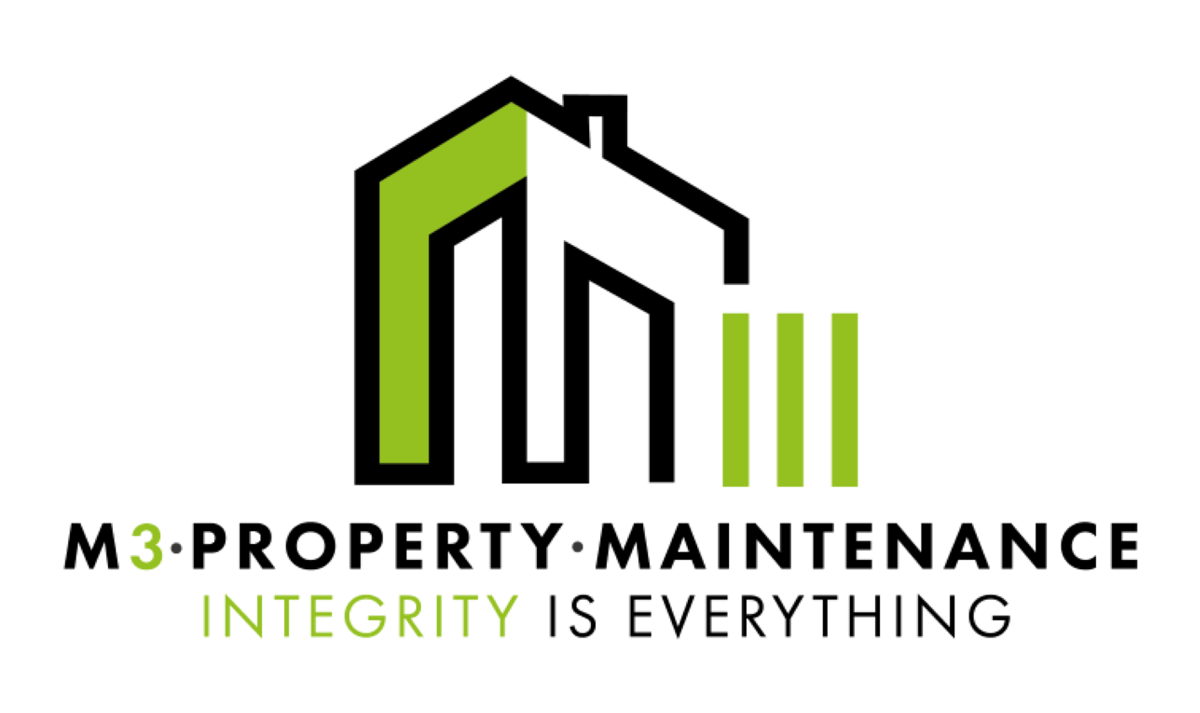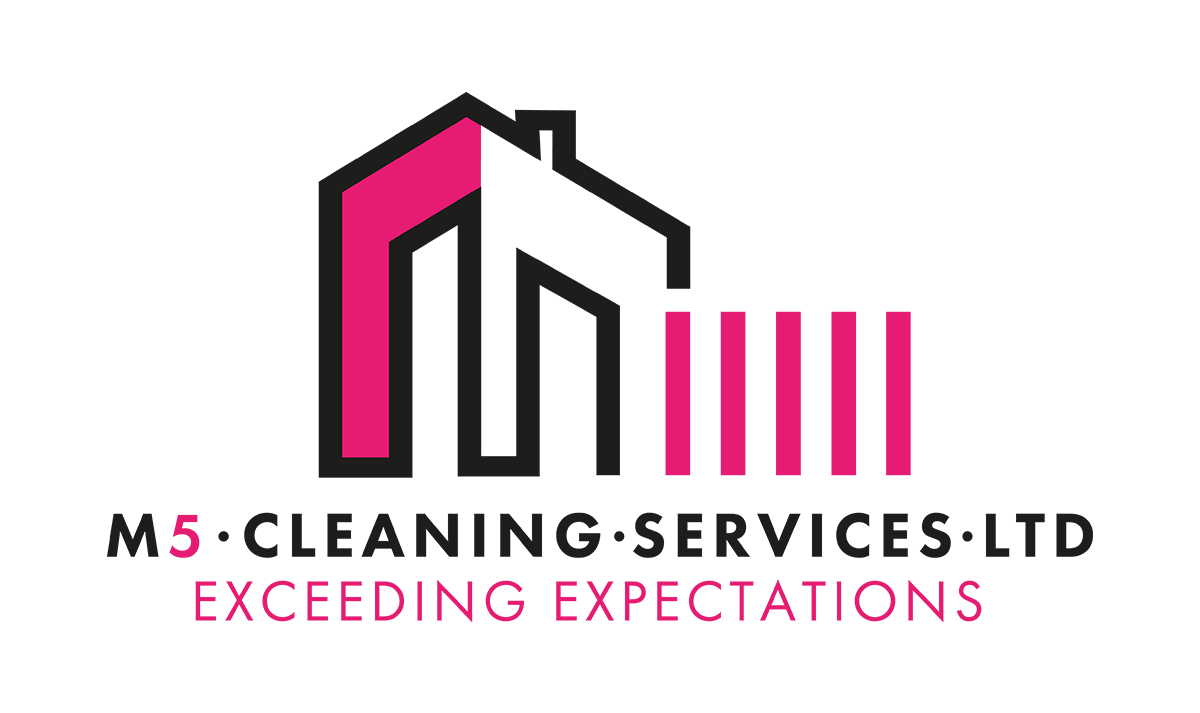How Much Are Scaffold Boards?
Scaffolding boards are important for any construction project where workers need to access parts of a building that are high up in the air. They need to be safe and meet certain standards, leading people to ask, “How much are scaffold boards?”
Unfortunately, there have been massive global timber storages in the past year which is causing the price of scaffolding boards to increase. This demand is all over the world and organisations in the UK are suffering.
The primary material used for scaffolding boards is European softwood, and there is low stock. Between low availability and rising material prices, it is challenging to meet the demands and help sustain the growth in construction.
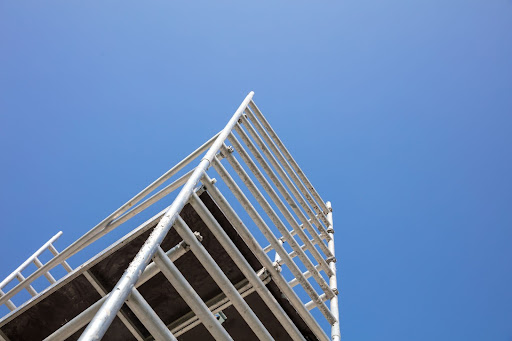
The Demand for Timber Globally
The three biggest markets are China, America, and Russia. The US is leading the demand because they are building houses with timber frames and paying record prices.
China is buying round logs from Europe to have additional supply, and the DIY market has grown throughout Europe. All of this has caused prices to soar because the demand is greater than the production.
The Prices of Scaffolding Boards
In the UK, scaffolding contractors are paying between £12 and £16 for a 13-foot board on average. Just last year, they were paying half of this, and prices today can vary widely.
There is no doubt that the demand is causing prices to shoot up, and scaffolding boards are necessary for any construction project where workers need to get up above the ground.
In fact, a leading UK construction trade body has put out a warning because there is a double impact of Brexit and COVID-19. The Builders Merchants Federation is made up of members that manufacture as much as 76% of all building products in the UK, and they began warning people in January.
After uncertainty concerning travel and confusion about new rules for import and export, thanks to the UK’s departure from the EU, they are concerned about being able to get the supplies they need.
In addition, the record prices of houses from 2020 are expected to decline, and land value is falling. One of the main concerns is an average increase of 20% in timber.
The director of Brent Scaffold Boards LTD said that the costs of raw materials are at a level not seen before. For many years, the cost of timber has been relatively stable, and this trend of increasing cost doesn’t have an end in sight.
The bottom line is that prices will fall once the global demand slows.
Make Sure That Used Scaffold Boards Are Safe
The Health and Safety Authority issues guidelines to ensure that scaffold boards are safe before you use them. It is important not to use sub-standard scaffold boards because they will increase the number of accidents that occur.
Make sure that any scaffold boards comply with the Code of Practice for Access and Working Scaffolds, BS 2482:2009. These boards can be identified by looking at the end bands.
The end bands should be marked with the following information:
- The number and the year of the British Standard (2009)
- The identification mark of the supplier
- Either an M for mechanically graded or a V for visually graded
- The word support followed by the metres up to which the board may be supported
- Any identification marks from a third-party certification body, where appropriate
The end bands are also important because they protect the grain of each of the boards. They should be on both ends of each board.
The bands should extend at least 150mm for 38mm boards, and they should extend at least 100mm for the 63mm boards.
You should also see that there are three clout nails that secure the bands on each end, as well as two clout nails on each edge.
There may be teeth at the end band, or you could see staples that are there to secure the end bands. If the end bands are damaged, they can be dangerous and lead to cuts from sharp edges.
If you have boards that have been stored for any length of time, they need to be inspected before they are used. They should also be checked regularly for any rot, damage, or other issue that could compromise the strength of the boards.
If any of the boards fail any of the inspection guidelines, they should be destroyed. It is important if you plan to buy used boards that you follow all of these guidelines to ensure the safety of workers using the scaffolding.
Reclaimed scaffold boards can run anywhere from £4 to £26, depending on the length and condition. The demand is high for them as well because of the global demand.
Examples of Unacceptable Damage in Scaffold Boards
There are a number of different issues that can lead to unacceptable damage, in which case the scaffold boards need to be discarded and destroyed.
If you find that they have broken or damaged end bands or wood broken from the edge of the boards, they are not fit for use. In addition, loose or broken knots are a problem, along with cuts from saws due to use over time.
Basically if you notice any cracks, splinters, or damage at all, you should find a different board. Scaffold boards are exposed to different types of weather, and they are exposed to sun, rain and more. This can lead to distortion, which is dangerous.
Finally, avoid using any boards with signs of fungal decay or insect attacks. In the early stages, you might notice a loss in stiffness or strength, but they can be dangerous if a worker jumps on them or drops something heavy.
Final Words
The price of scaffold boards is rapidly changing due to unprecedented global demand. Unfortunately, the price continues to change as the market requires it.
Some people are looking to reclaimed scaffolding boards to fill their needs, but it is important to make sure that they are safe and compliant with guidelines.
Scaffolding boards should have end bands that ensure safety, and they should not have their integrity compromised in any way.
